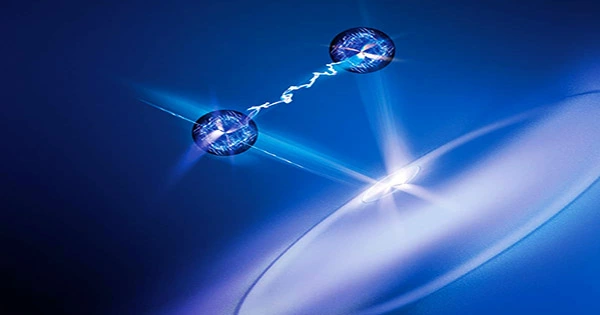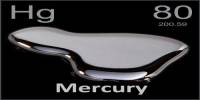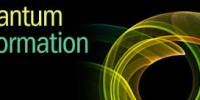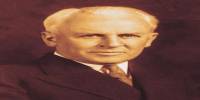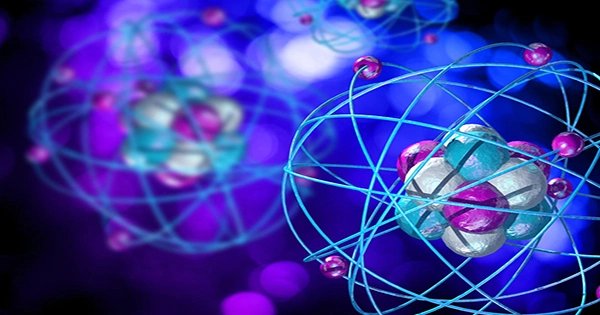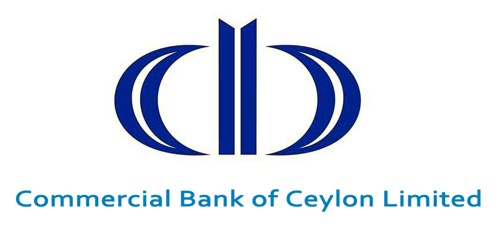Researchers Mark M. Wilde and Ludovico Lami from Cornell University and QuSoft, University of Amsterdam, respectively, have developed a formula that accurately forecasts the impacts of ambient noise, which has advanced quantum computing. This is essential for creating quantum computers that can operate in our flawed reality.
Quantum computing carries out computations by applying the ideas of quantum physics. Quantum computers employ quantum bits, or qubits, which may simultaneously be in the superposition of 0 and 1. This is in contrast to classical computers, which use bits that can only be either 0 or 1.
As a result, some calculations can be completed by quantum computers far more quickly than by traditional computers. A quantum computer, for instance, may factor extremely huge numbers in a small fraction of the time it would take a classical computer.
While one would naively ascribe such an advantage to a quantum computer’s capacity to conduct several operations in parallel, the truth is more nuanced. The quantum computer’s quantum wave function (which reflects its physical state) contains multiple branches, each with its own phase. A phase is analogous to the position of a clock’s hand, which can point in any direction on the clock’s face.
The quantum computer recombines the results of all concurrent calculations on separate branches of the wave function into a single response at the end of its computation. Similar to how the timing of a ballerina’s steps plays a significant role in the success of a ballet performance, Lami says that the phases connected with the various branches play a key role in deciding the outcome of this recombination process.
Disruptive environmental noise: Environmental noise is a major barrier to quantum computing. A little devil may be used to describe this noise, which modifies the phase of various branches of the wave function in unforeseen ways. Dephasing is the alteration of a quantum system’s phase, and it can work against the success of quantum computation.
Dephasing may happen in commonplace technologies like optical fibers, which are used to transmit data as light. Uncertainty about the path chosen by light beams as they go through an optical cable is equivalent to dephasing noise since each path is connected to a certain phase.
Lami and Wilde use a model known as the bosonic dephasing channel in their new paper published in Nature Photonics to investigate how noise impacts the transmission of quantum information. It illustrates dephasing on a single mode of light with a certain wavelength and polarization.
The quantum capacity, which is the number of qubits that may be securely transported per usage of a fiber, quantifies the influence of noise on quantum information. The new paper presents a comprehensive analytical solution to the problem of determining the quantum capacity of the bosonic dephasing channel for all types of dephasing noise.
Longer messages overcome errors: One can use redundancy in the message to combat the impacts of noise and make sure that the recipient can still access the quantum information. When speaking over the phone, this is comparable to saying “Alpha, Beta, Charlie” rather than “A, B, C.” Despite being lengthier, the sent message is comprehended correctly because of the redundancy.
The new research specifies the precise amount of redundancy that must be included in a quantum communication in order to shield it from dephasing noise. This is essential because it gives researchers the tools they need to evaluate the negative effects noise has on quantum computing and devise solutions.
